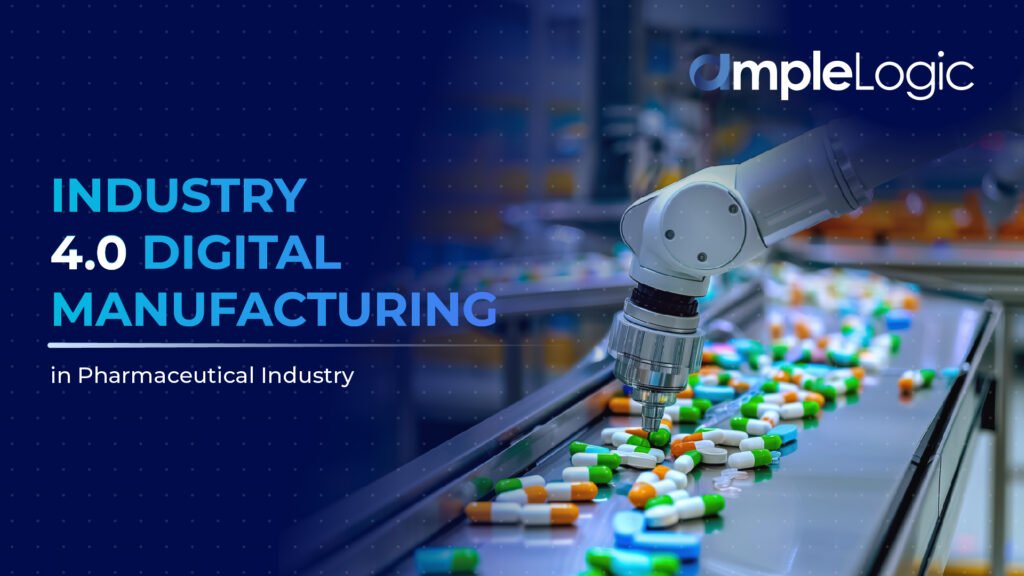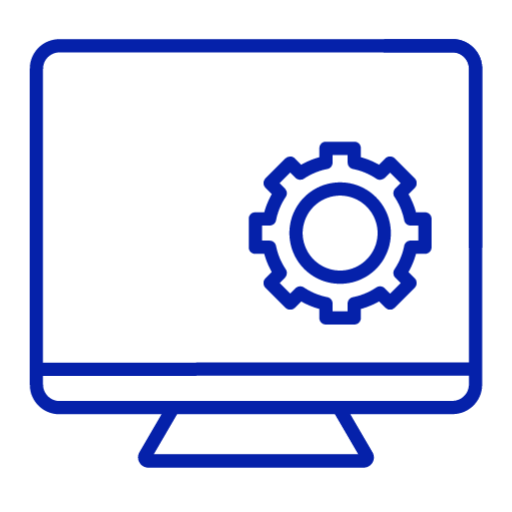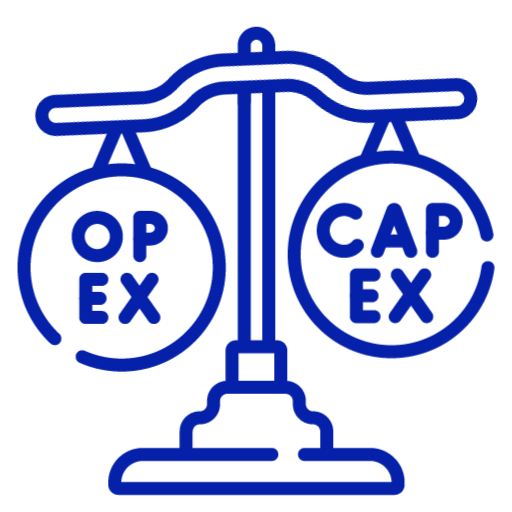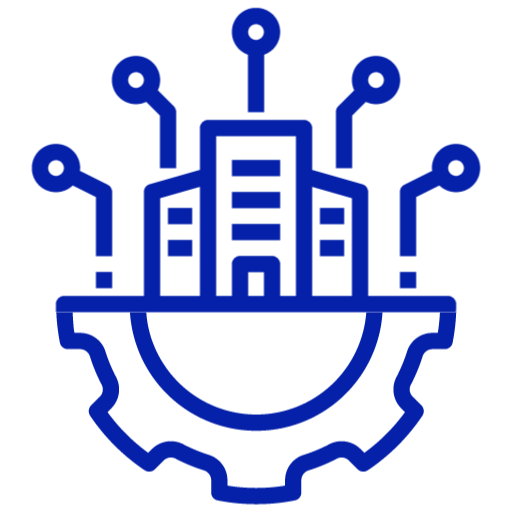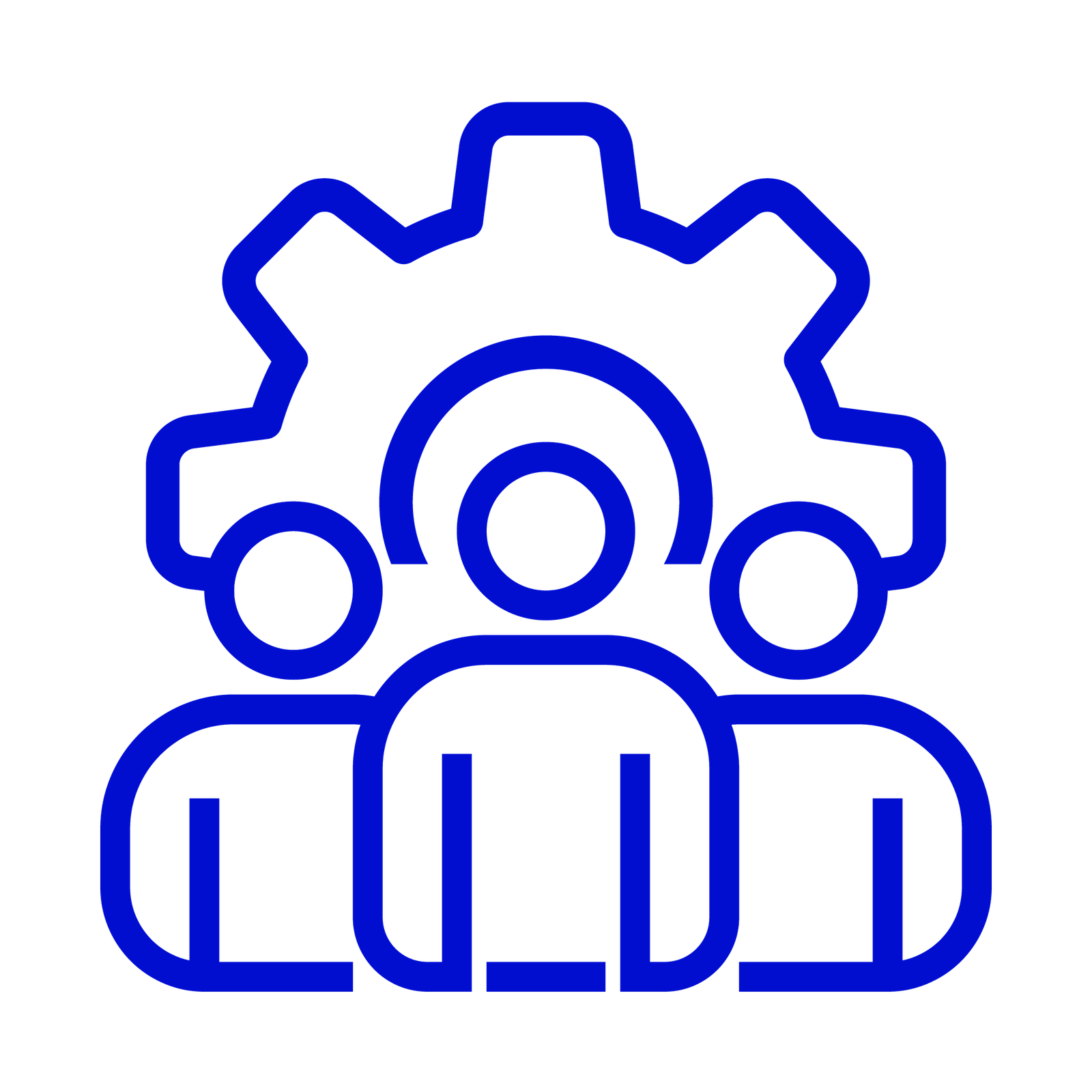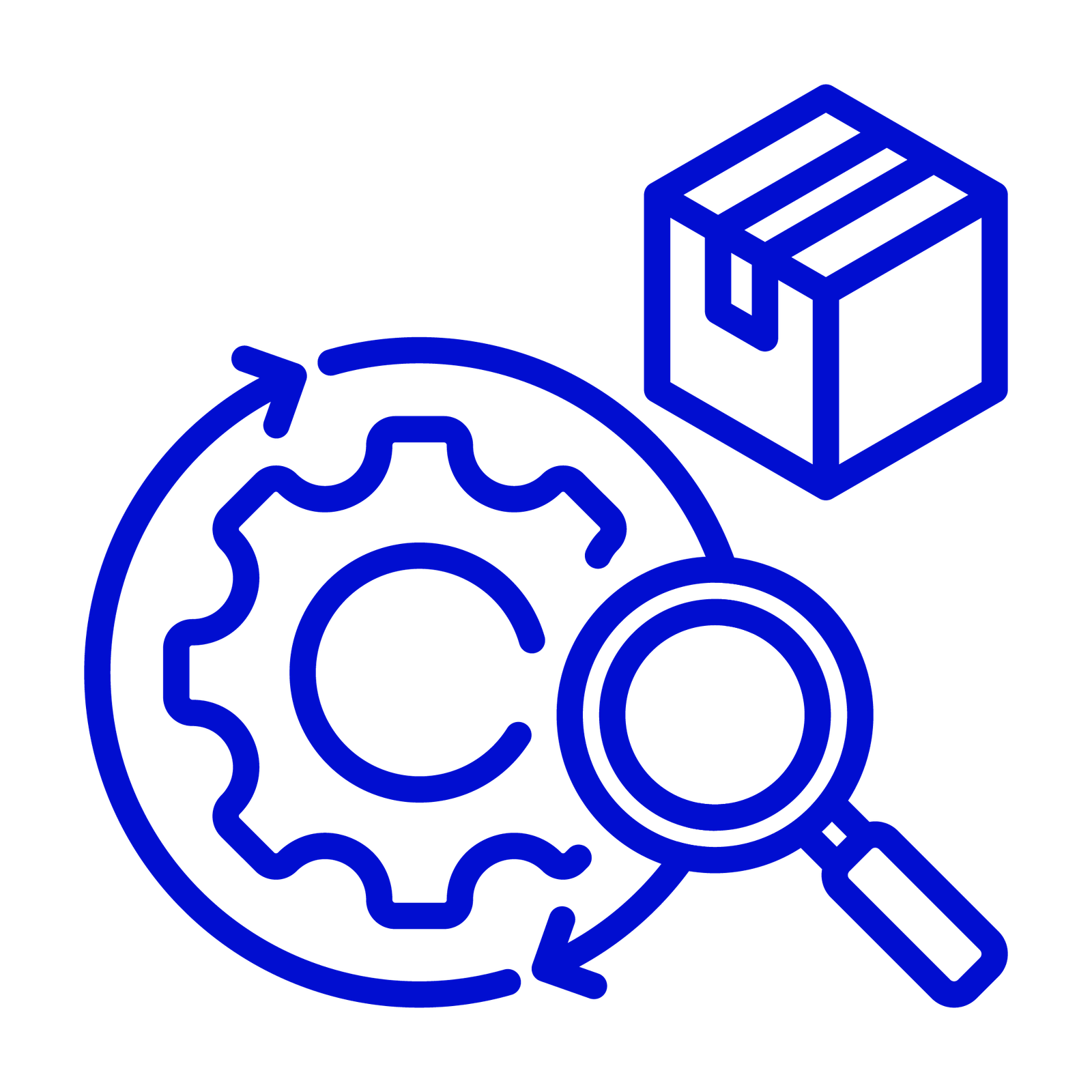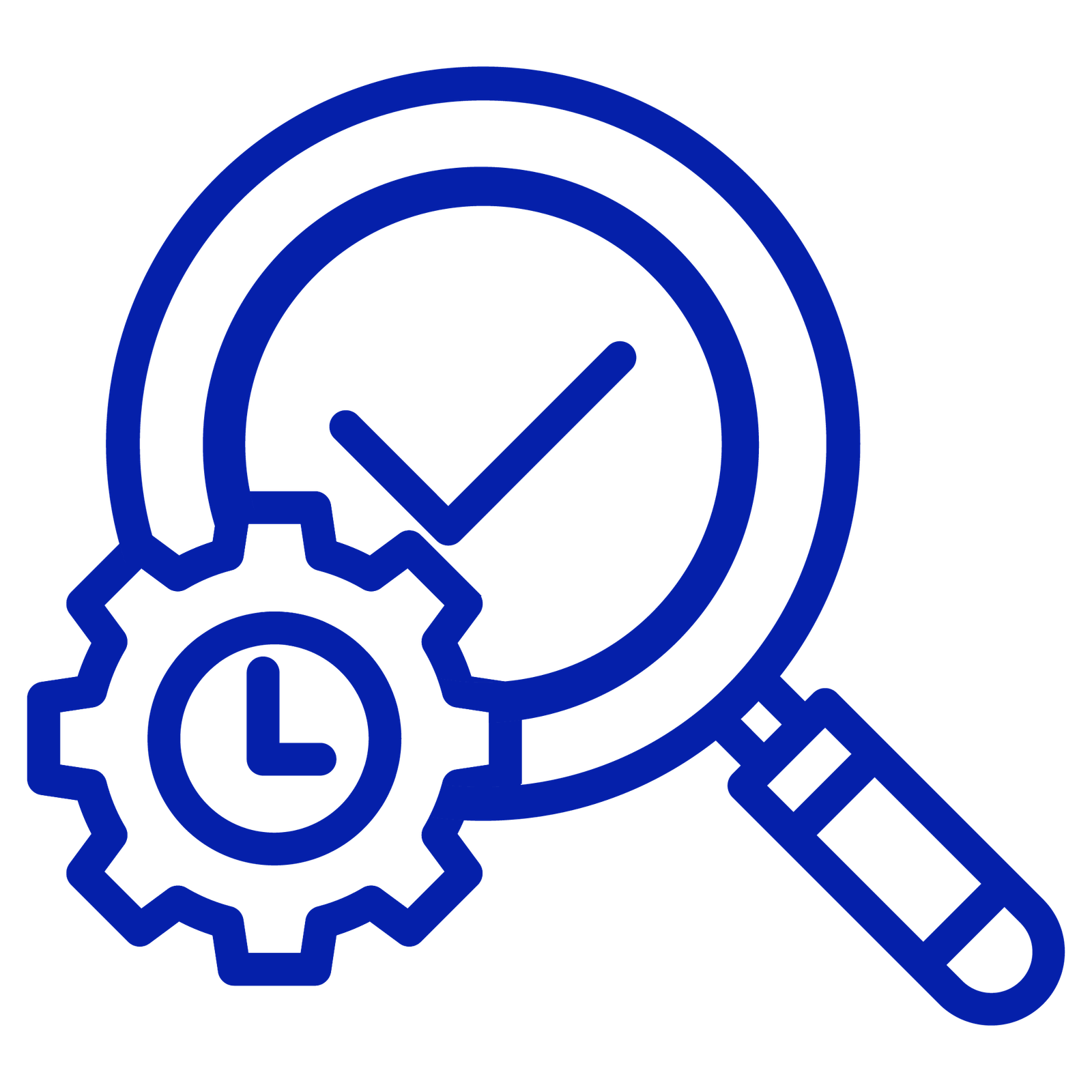
In the rapidly evolving landscape of pharmaceuticals, the efficient management of assets is paramount. From research laboratories to manufacturing facilities and distribution networks, every aspect of pharmaceutical operations relies on the seamless functioning of assets. The manufacturing equipment to laboratory instruments, each asset plays a crucial role in the production process and must be meticulously maintained to meet regulatory standards and production demands. In this perspective Enterprise Asset Management Software in pharma (EMS) emerges as a game changer, offering pharmaceutical companies a solution to streamline the asset management process and drive operational excellence.
The Importance of Efficient Enterprise Asset Management Software in Pharmaceuticals
Pharmaceutical companies usually work under enormous pressure to ensure that their products meet certain standards of quality, are safe for use, and most importantly are legal to be in the market. Lab equipment, manufacturing tools, and storage equipment are crucial to the efficiency of a business and the maintenance of products’ quality to meet the standards of the regulatory authorities. Any act, failure, or breakdown in asset management may lead to many other devastating effects such as production downtimes, products involved in product recalls, and fines or regulatory lawsuits.
The Role of Enterprise Asset Management Software
Enterprise Asset Management software in pharma offers a panoramic solution for optimizing asset management across their entire lifecycle. From tracking and managing assets to meeting compliance and risk management requirements, it provides pharmaceutical companies with all the necessary tools to help organizations maintain the asset’s functionality and enhance the efficiency of their operations. Let’s explore the key benefits of enterprise asset management software in the pharmaceutical industry:
- Asset Tracking and Management
EAM software enables pharmaceutical companies to track their assets throughout their lifecycle by providing bar codes. This includes equipment, machinery, facilities, and even IT assets. By performing one-time registration for the asset, companies can schedule maintenance, monitor performance, and ensure assets are utilized effectively.
- Regulatory Compliance
Enterprise Asset Management software in pharma provides the necessary documentation and audit trails to signify compliance with regulatory requirements. By consolidating information on assets, and the relevant documentation, EAM software helps to minimize the probability of penalties resulting from non-compliance with the legislation and recalls of products that do not meet the established standards and requirements.

- Preventive Maintenance
Pharmaceuticals rely on high-tech equipment and facilities that must operate at peak performance to maintain product quality and safety. EAM software allows companies to implement preventive maintenance schedules based on asset usage, manufacturer recommendations, and regulatory requirements. This proactive approach reduces the risk of unplanned downtime and extends asset lifespan.
- Risk Management
Enterprise Asset Management software in pharma assists the pharmaceutical industries in the dilemma of identifying the risks that stem from the breakdown or malfunction of equipment. Based on the analysis of real-time data and usage of various analytical tools, companies can carry out various types of predictive maintenance approaches which allows for avoiding critical situations, when the problem rises and becomes critical and can be a cause for huge losses or even for stopping the manufacturing process. This proactive approach to risk management minimizes downtime, reduces maintenance costs, and enhances overall operational resilience.
- Inventory Management
In a pharmaceutical firm stock list of raw materials, intermediate goods, and finished goods stock varies with the stock of equipment. The feature is designed for monitoring the quantity of a specific item of stock, tracking its expiring dates, and managing its flow to avoid stock-out incidences or an excess of stock. It is integrated with other known enterprise systems particularly in enterprise resource planning (ERP) to ensure accurate data flow and inventory coverage for optimal usage to clients and vendors.
- Resource Optimization
Providing insights into asset utilization and performance offers key business intelligence that pharmaceutical companies can use to better manage and deploy their resources to improve their operations. By identifying underutilized assets or inefficient processes, companies can make informed decisions to reallocate resources or implement process improvements, ultimately reducing costs and enhancing productivity.
- Scalability and Flexibility
As pharmaceutical companies grow and evolve, their asset management needs may change. Enterprise Asset Management software in pharma is scalable and flexible to meet new businesses’ needs as organizations grow, extend, adopt new solutions or technologies, or shift gear to meet new compliance standards. EAM solutions offered through cloud implementations have the flexibility and the advantage of being easy to deploy and easy to upgrade as needed, thus, these solutions are perfect for any kind of pharmaceutical firm that may not have a large IT budget to fund a major enterprise-level system.
- Data-driven Decision Making
Details that are generated in the current society are critical and useful for making cases to enhance transformation. Enterprise Asset Management software in pharma captures and processes data from assets and operations, enabling the establishment of performance benchmarks, trend patterns, and optimization for those assets and their management. In this way, pharmaceutical companies are equipped with the necessary information and practical possibilities to increase asset efficiency, decrease expenses, and improve their business outcomes in a strictly competitive environment.
Conclusion
The Enterprise Asset Management software in pharma entails a captivating solution to the several complications of asset management in the pharmaceutical industry. EAM software equips adoption organizations, in this case, pharma firms, with ideal tools for usage in asset tracking, maintenance, compliance, risk management, inventory, resource management, scalability, and data-driven management, hence enabling Pharma firms to deliver on their mandates most efficiently and compliantly.
The adoption of Enterprise Asset Management software in pharma grasps a new era of efficiency, compliance, and competitiveness for pharmaceutical companies, enabling them to navigate the complexities of asset management with confidence and precision. The industry continues to evolve and will remain indispensable in driving operational excellence and facilitating sustainable growth in the pharmaceutical sector.




